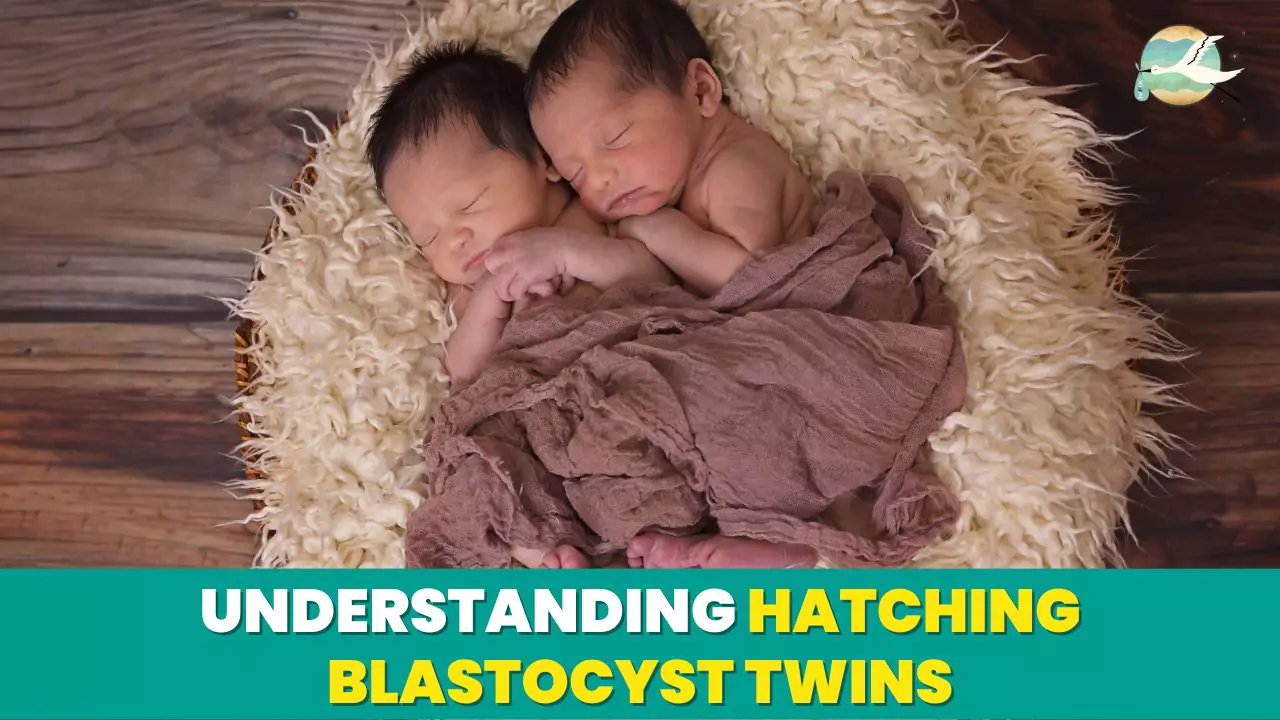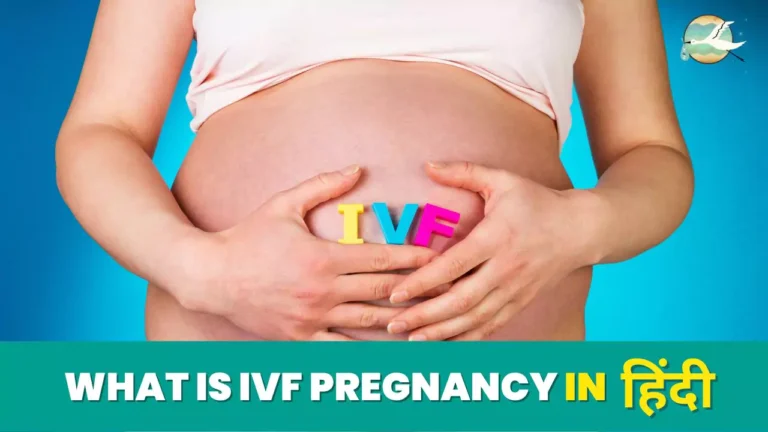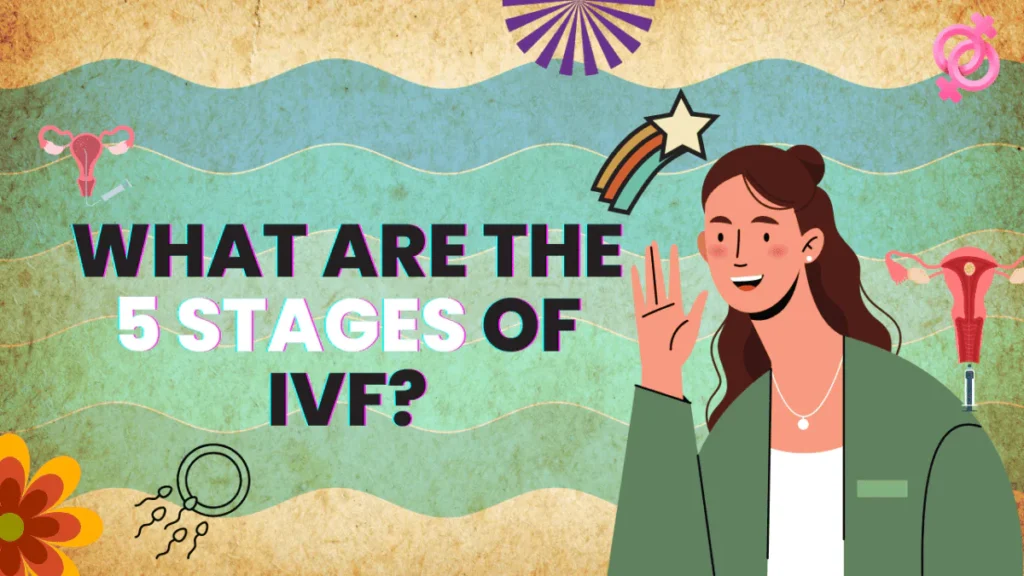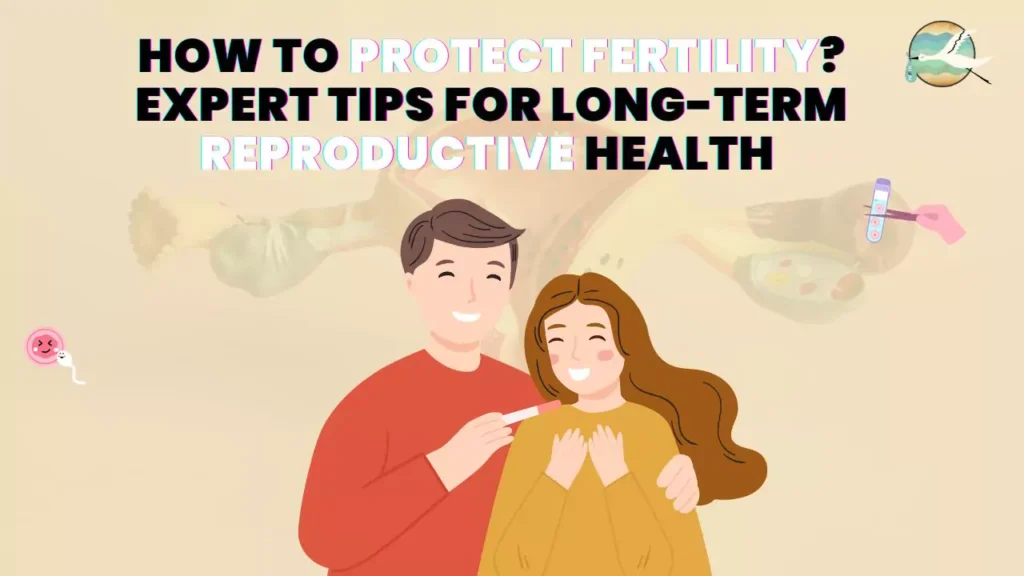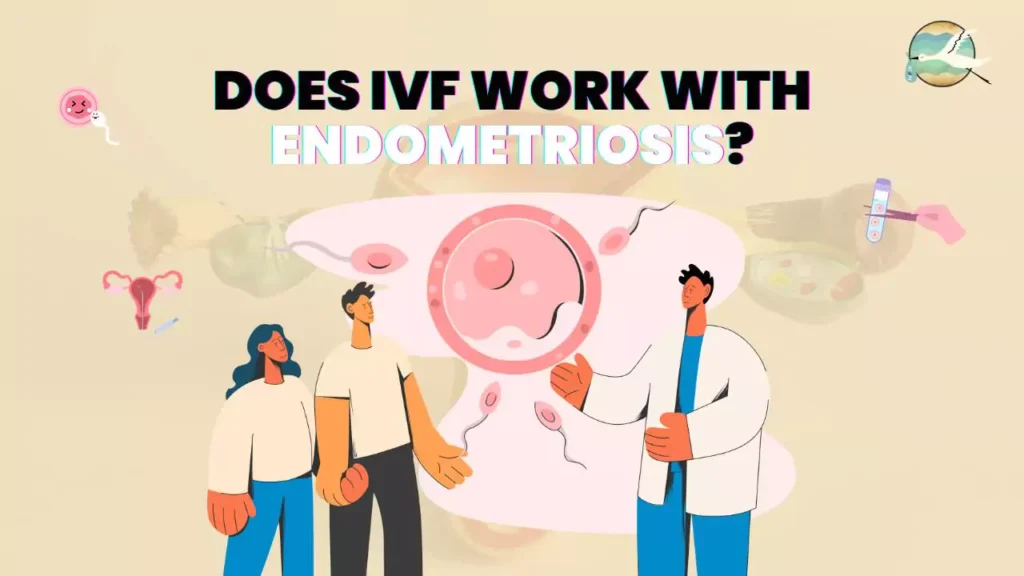The creation of life is a marvelous process in the field of reproductive medicine. The creation of hatching blastocyst twins is an intriguing phenomenon that can occur in the early stages of pregnancy. This guide will provide a full review of hatching blastocyst twins, including their definition, the process of their formation, variables influencing their development, potential dangers and issues, advice for promoting their growth and well-being, and a summary of key topics.
Table of Contents
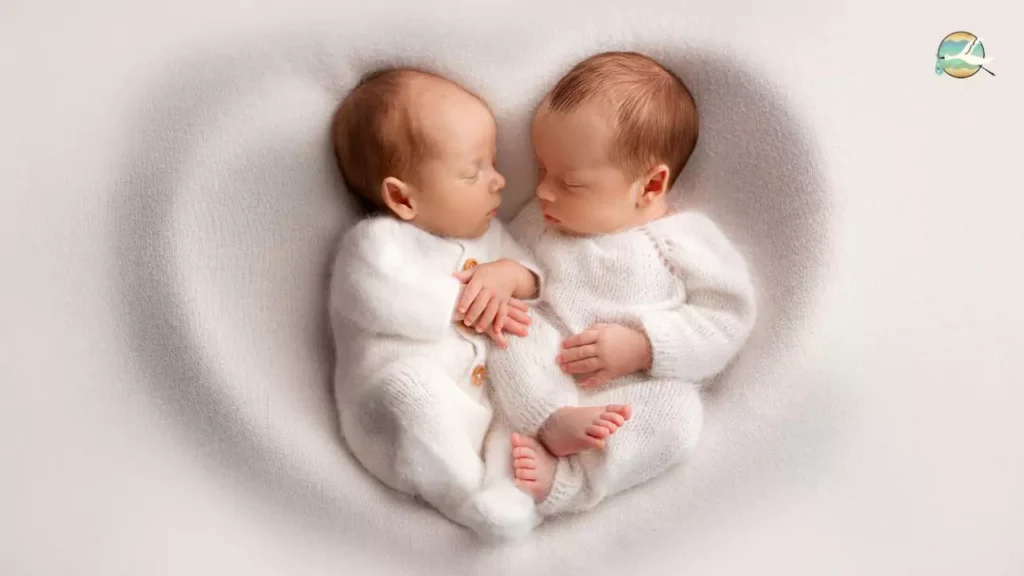
What are Hatching Blastocyst Twins?
In the process of hatching blastocyst twins, we must first understand blastocysts. Blastocysts are early embryos that develop five to six days after fertilization. The fertilized egg, or zygote, has undergone numerous cell divisions at this point and has evolved into a hollow structure with two separate parts: the inner cell mass (which will eventually become the fetus) and the trophoblast (which will create the placenta).
Hatching blastocyst twins are a type of multiple pregnancy in which two distinct blastocysts implant into the uterine lining and continue to grow. This differs from fraternal twins, in which two eggs are released and fertilized independently.

The Process of Hatching Blastocyst Twins
The process of hatching blastocyst twins begins with the fertilization of two distinct eggs, each of which becomes its blastocyst. These blastocysts then travel from the fallopian tubes to the uterus, where they implant into the uterine lining. This implantation usually occurs six to ten days following fertilization.
In the instance of hatching blastocyst twins, both blastocysts successfully implant into the uterine lining and continue to develop. The phrase “hatching” refers to the process by which the blastocyst breaks away from its protective outer shell, allowing it to attach and grow within the uterus.
Just look at these two gorgeous baby boy twins snuggled together 😍 We love it when our clients send us photos of babies conceived with our help. #hsfcuk #fertility #reproduction #egg #sperm #embryo #ivf #iui #icsi #blastocyst #uterus #womb #twins #babies #bundleofjoy pic.twitter.com/7qFEd6u4QL
— @HSFC_UK (@HSFC_UK) May 23, 2018
Factors Affecting the Development of Hatching Blastocyst Twins
Many factors can affect how hatching blastocyst twins develop. Genetic predisposition is important because certain people may be more likely to have twins who hatch because of genetic variables that affect the release of numerous eggs during ovulation. IVF is one assisted reproductive technology that can increase the likelihood of blastocyst twin hatchings because it involves the transfer of several embryos into the uterus. nancies is ultimately a complex and unpredictable process.
The probability of multiple eggs being released during ovulation and the possibility of blastocyst twins hatching are two more important factors that correspond with age. Further raising the possibility of blastocyst twin hatching are hormonal abnormalities such as PCOS, which can also cause multiple egg releases during ovulation. It is noteworthy that although these variables may increase the probability of blastocyst twin emergence, multiple pregnancies are not always predictable and can differ from person to person.
Possible Risks and Complications with Blastocyst Twins
While the development of hatching blastocyst twins is a wonderful process, it is critical to be aware of the hazards and difficulties that may arise. These might include:
Preterm birth: Multiple pregnancies, including blastocyst twins, have a higher risk of preterm birth than singleton pregnancies. Preterm birth can cause a variety of health difficulties for babies, including respiratory and developmental issues.
Low birth weight: When compared to singleton pregnancies, blastocyst twins are more likely to have a lower birth weight. Low birth weight might raise the risk of health problems and developmental delays.
Increased maternal health risks: Multiple pregnancies can put an additional burden on the mother’s body, raising the risk of issues such as gestational diabetes, high blood pressure, and preeclampsia.
Twin-to-twin transfusion syndrome: TTTS is a rare syndrome that can affect identical twins who share the same placenta. It involves an unequal sharing of the twins’ blood supply, which can result in a variety of difficulties for both kids.
Tips for Supporting the Growth and Well-Being of Hatching Blastocyst Twins
- Seek regular prenatal care: Regular check-ups with a healthcare professional who specializes in multiple pregnancies are essential for monitoring the health of both the mother and the baby.
- Adopt a healthy lifestyle: Eat a well-balanced diet, exercise regularly, and avoid dangerous behaviors like smoking and excessive alcohol intake.
- Take prenatal vitamins: Prenatal vitamins that contain folic acid, iron, and other critical elements can help newborns develop normally.
- Join a support group: Connecting with other parents who are expecting or raising multiples can provide vital emotional support and advice.
- Prepare for the unique challenges of multiples: Get knowledgeable about the methods of raising twins, like creating schedules and giving each child special attention.
Conclusion
Hatching blastocyst twins is a fascinating event in the realm of reproductive medicine. Pregnant parents must understand the process of their formation, the factors influencing their development, and the potential dangers and consequences connected with multiple pregnancies. Parents can help their hatching blastocyst twins develop and thrive by providing supportive measures. The adventure of raising these beautiful little ones may be a rewarding and joyous experience if regular prenatal care and a healthy lifestyle are followed.
Latest Post:-
- 10 Best Fertility Foods to Boost Your Chances of Getting Pregnant
- When is a female most likely to be fertile?
- What are the 4 types of PCOS: Symptoms and Treatment
- How to confirm whether sperm went inside?
- Egg Retrieval Recovery: Everything You Need to Know 2023
FAQs
Q. Is it possible to have hatching blastocyst triplets or higher-order multiples?
Although it is uncommon, hatching blastocyst triplets or higher-order multiples are feasible if three or more distinct blastocysts successfully implant and develop in the uterus.
Q. Are hatching blastocyst twins identical or fraternal?
Depending on whether the two blastocysts are generated from a single fertilized egg or two distinct eggs, blastocyst twins might be identical or fraternal.
Q. How can the risk of complications for hatching blastocyst twins be minimized?
Regular prenatal care, a healthy lifestyle, and close pregnancy monitoring can help reduce the chance of difficulties for blastocyst twins.
Q. Do hatching blastocyst twins have a higher chance of genetic abnormalities?
As with any pregnancy, there is a chance of genetic disorders. However, the hatching blastocyst process has no direct bearing on the probability.
Q. Can hatching blastocyst twins be detected early in the pregnancy?
Hatching blastocyst twins can be spotted as early as six to seven weeks into a pregnancy with ultrasound imaging, depending on the visibility of the embryos.
Q. Is the process of hatching blastocyst twins similar to other types of multiple pregnancies?
While the processes of implantation and early development are comparable, the occurrence of hatching blastocyst twins entails the distinct idea of blastocyst development and hatching.

